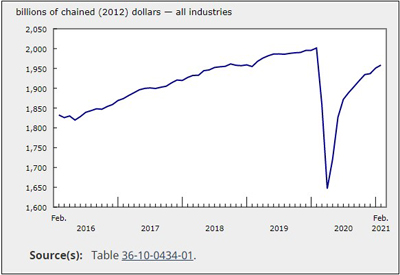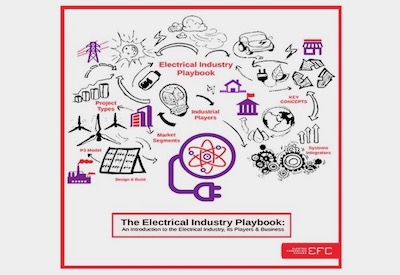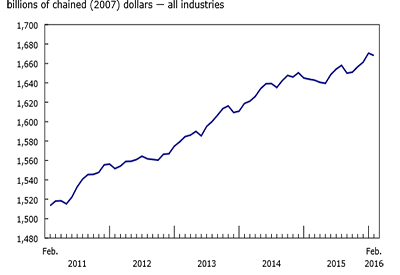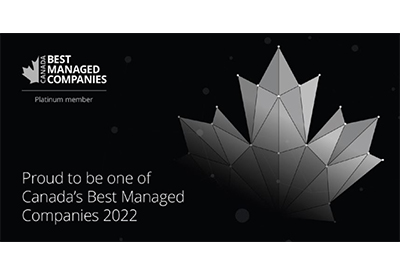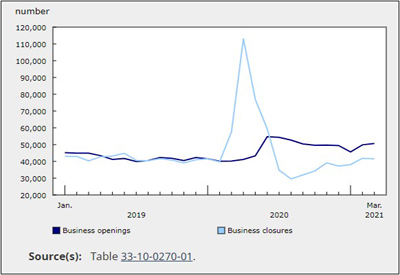DISRUPTION 101: Profiting From Change
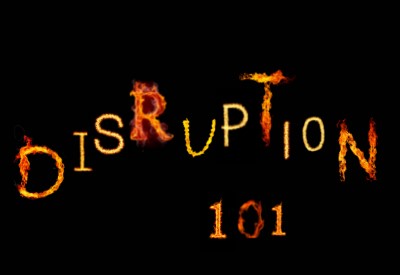
Nov 29, 2021
Not much changed for the household incandescent A19 since it became widely available on the market over a century ago — but in the past 20 years, the industry has transformed at breakneck speed.
A former client contacted us recently, saying, “We’re stuck.” As in so many cases after 2008’s Great Recession, his division, once an industry leader, had experienced zero growth, using the same outmoded tactics to keep factories running while wishing for the old world order to return.
It never did.
Our client is now desperately hoping his division’s leaders will embrace change, maybe even a Blue Ocean Strategy.
They’ve reached a dangerous tipping point that could risk the future of their business. But why are they “stuck?” Beyond fearing change itself, they failed to see how the business environment was shifting. Old distribution channels were shrinking. Contractors had cut distributors out of the supply chain. Consumers had found better prices on the Internet. With product life cycles continually shortening, competitors were upstaging each other’s products in no time. If you can’t change, you risk becoming antiquated.
—Forbes Magazine
April 6, 2015
Andrea Simon, Ph.D., Cultural Anthropologist & CEO, Simon Associates Management Consultants
Sound familiar?
One of the major causes for fear of change by American business is its over-weighted focus on short-term performance of the existing business model. This reduces time to look further out, to see changes like disruptive competition. The longer an industry is successful, the less management is forced to consider change. Incremental change is the norm. Even today – 10 years after LEDs brought their exponential growth curve into the U.S. lighting industry – the majority of business leaders have not read it.
And it shows. Before you can embrace change, you have to understand the dynamics of change impacting that change. Our industry has had linear growth for decades — slow, incremental growth, such as F40T12, F34T12, F32T8, F30,28,25. Exponential growth is not 1,2,3,4,5; it is 1,2,4,8,16. To understand, to plan, and to execute around this fact is key to success. To paraphrase the authors of Bold (Peter Diamandis and Steven Kotler) either you use this to corner your market, or the market corners you. Bold provides essential knowledge on why LED lighting has changed our industry. Several quotes:
• “Technology is disrupting traditional industrial processes, and they’re never going back.”
• “Anything that becomes digitized hops on Moore’s Law of increasing computational power.”
And that’s the just the first of six Ds:
1. Digitalization – when lighting became digitalized (LED)
2. Deception – Slow initial growth – 25, 50, 75 LpW, expensive, different sourcing
3. Disruptive – 100, 125, 150, 175 LpW; inexpensive; Network Lighting Controls, IoT
4. Demonetization – more and more cost taken out of products (>80% drop in 10 years)
5. Dematerialization – products reduced in size and/or removed (Direct wire TLEDs)
6. Democratization – more people have access to it (4,000+ OEMs)
To quote Bold, “Today, exponential technology is not just putting linear companies out of business, it’s also putting linear industries out of business.”
We have seen the first part of the above quote play out in the last 10 years. The industry leaders of decades past no longer dominate. Companies who excelled in linear, struggle with exponential. Legacy companies merge with one another. Attempts to crack new markets using digital features struggle to gain even 10 percent market penetration. Initial orders are enthusiastically received, customers embrace the technology — and then they’re “stuck.” Repeat attempts to educate prospects on the great features and benefits are met with little success.
What is going on?
The 2nd article in this series will cover the buying patterns of disruptive technology.
 Peter Brown is a Disruptive Technology Consultant to the energy industry.
Peter Brown is a Disruptive Technology Consultant to the energy industry.
First published in our sister magazine: https://www.uslightingtrends.com/led-technology/60-lighting-technology/449-disruption-101-profiting-from-change

